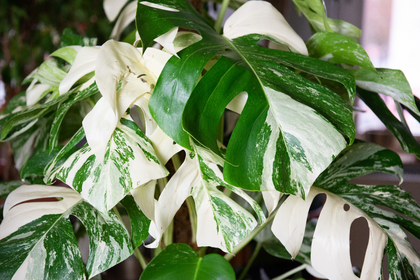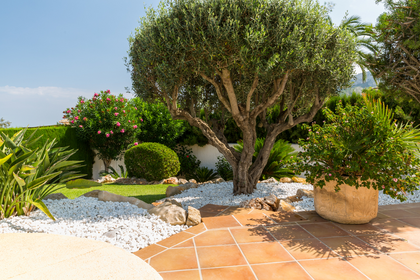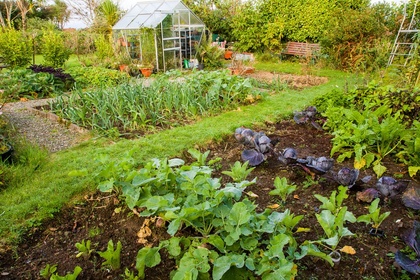Add a green roof to your shed
Want to enhance the appearance of your shed while boosting your garden's biodiversity? A green roof might be just what you need. Installing a simple sedum matting on your shed's roof is a straightforward task that brings numerous benefits to your garden.

What is a green roof?
In essence, a green roof entails covering a roof with plants, which are cultivated in a growing medium placed over a waterproof membrane. Beyond introducing greenery to neglected corners of our gardens, such as bike shelters and sheds, green roofs absorb rainwater and provide a vital food source for pollinators. While green roofs on structures like houses, garages, and offices require specialized design due to weight, waterproofing, and drainage considerations, sedum matting employs low-growing, drought-tolerant succulents that necessitate only a thin layer of growing medium. This makes them lightweight enough to be cultivated on garden sheds.

How to install a sedum green roof on a shed
-
Despite the relatively lightweight nature of sedum green roofs, reinforcing the roof before installation is advisable to support the added weight (both the matting and growing medium become heavier when wet). Opt for a shed with a reinforced roof if you're purchasing a new one.
-
Ensure the roof has a slope between 1 and 5 degrees from the horizontal. If the roof is excessively flat, proper drainage becomes an issue, potentially causing plant rot. Conversely, if the slope is too steep, rainwater will run off before plants can absorb it.
-
Construct a 3 cm deep tanalized timber frame to fit your shed roof. This frame will contain the growing medium and sedum matting. Attach the side and top panels to the roof using galvanized screws, leaving the lowest-edge panel off until after the waterproof membrane is applied.
-
Install a waterproof membrane inside the frame, securing it to the frame walls with a staple gun. At the roof's lowest edge, ensure the membrane overlaps the roof felting, and fix the final frame panel on top of it. This allows water to drain underneath the frame.

-
Place a layer of protective sedum fleece atop the waterproof membrane to prevent sedum roots from harming the roof.
-
Spread a 2 cm layer of growing medium onto the fleece. For sedums, this medium should be light, well-draining, and low in nutrients – suitable options can be found online.
-
Trim your sedum matting to the required size and lay it over the growing medium. Similar to laying turf, ensure the matting pieces fit snugly together to prevent edges from drying out.
-
Water after installation, and continue to water twice a week during dry spells until new growth becomes visible. Provide feed in spring and autumn, and periodically check for weeds.
Are you seeking fresh garden concepts? Pay us a visit today – our exceptional assortment of plants and garden essentials is sure to provide ample inspiration!



